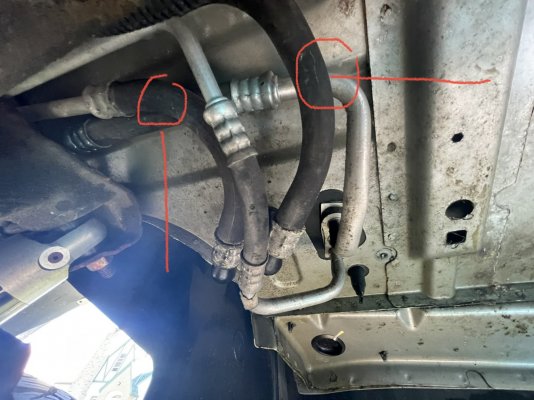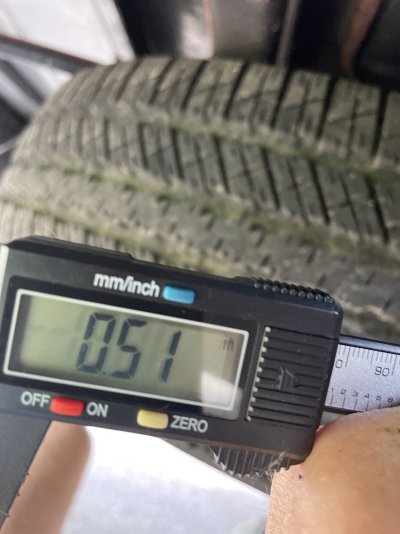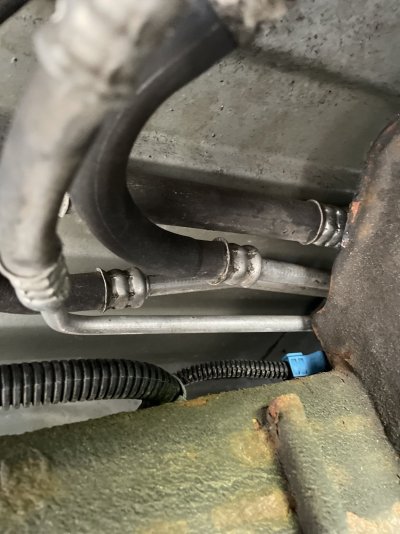That Gates heat-shrink stuff looks like an interesting solution to a problem I don't have. As it's plastic, I wonder about the long-term durability. It looks like it takes longer to install and remove, but if I had a hose that was difficult to seal, it'd definitely be a consideration. Otherwise, why would I bother with it?
Like you, I'm a fan of the OEM spring-style constant tension clamps. I'm not a fan of any clamp that's not constant tension when used on automotive coolant / fuel hoses. The rubber seems to yield over time and leaks appear (most recently, a fuel leak on my '79 Camero where I used a worm clamp on 3/8" fuel line from the pump to the fuel filter). I figure I'll do what the factory does because evidently it works well.
Worm clamps certainly have their place. We use tons of them on the farm, e.g., sprayer hoses, misc clamping chores, etc.
I used the Gates PowerGrip clamps on my Suburban because I like the finished look... and there are no tangs to catch on clothing or skin when I'm working. On the GMT400 5.7L Suburban in particular (such as mine) there are MANY hose clamps, e.g., between the water pump and intermediate pipe (behind the alternator) and from the intermediate pipe to the heater hose; then there's the big friggin' nest of hose connections near the right-side wheelwell where the front, rear, and engine heater hoses converge, as well as the shutoff / bypass valve that resides there too (I believe that valve's specific to the Suburbans and King Cab models). Then there's the nest of connections in the rear (on account of the splices I used to fabricate the replacement hoses, shown earlier in this thread). So I decided to use the Gates PowerGrips just to clean-up those areas. Functionally though, a spring style constant tension clamp would have been just fine IMHO.
Installing / removing the Gates PowerGrips can be tough in difficult-to-reach situations, no doubt.
I guess one other thing: I bought those Gates clamps for only a couple dollars per box (10 clamps per box). I literally bought 500 of them, 100 each of five different sizes. They were being blown out and I just happened to be there to buy them.
Last edited:




